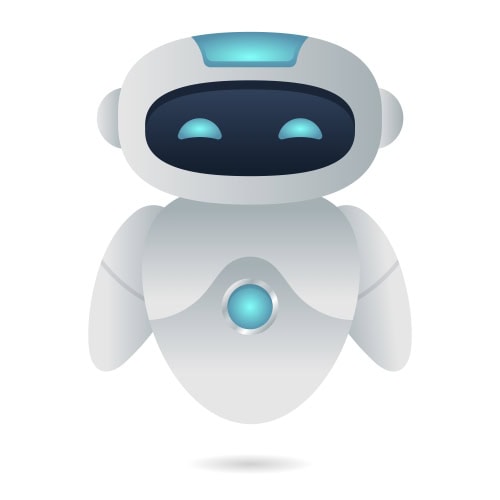Talk about perfect timing for AI infusion in content! August 2024 saw almost all large publishing companies launch AI-powered Student Assistants in their digital learning modules. They believe it would empower learners with personalized experience, increase engagement, deepen subject-matter understanding, improve outcomes, and ultimately, set them up for greater success.

AI isn’t new and has been the talk of town for almost a decade now. Evolving from passive chatbots to Gen AI today, AI has found its mark in the education industry too. The global AI in education market size estimated at $5.4billion in 2024 and is expected to reach $55.4 billion by 2030.

What Does this Mean for Educators?
Educators benefit from using AI as a digital alternative for a real-life Teaching Assistant. Using AI to automate tasks like grading and monitoring attendance and performance can reduce administrative burden on educators. A recent Pearson Skills Outlook report showed the use of generative AI for developing educational programs, plans, or procedures could save US educators nearly 3 million hours a week by 2026, allowing more time for the valuable human task of working directly with students. While this can be a positive step forward, IMF is ringing the alarm on risk of 60% of new jobs being replaced or heavily affected by AI.
What Does this Mean for Students?
AI offers students the services of a Personal Tutor – an assistant who would provide personalised approach to learning needs, with literally minimal or no constraints on time or effort or access to information. In the traditional classroom set up, there’s been a challenge with students-to-teacher ratio. As a result, sometimes students do not get the attention they truly need. AI Assistants can help them engage and learn better at their own pace and comfort.
What Does this Mean for Education Content Creators?
With AI generating quick content, content creators have this constant fear of automation kicking in and making them redundant. But, we are not there yet! Trust is a huge factor in academic content and there are enough instances of AI being factually incorrect or contextually misaligned.
AI-generated content will need to be verified by a human in the loop, for relevance and accuracy. On the positive side, AI will reduce their burden immensely. For instance, AI tools today transcript entire lecture videos. They also identify and cut out all blank spaces or filler words such as “ahhs” and “umms” from the video, significantly reducing the time and effort spent in manually editing the video.
What Does this Mean for the Education System?
While AI is in heavy adoption in the education system, there’s a school of thought that believes that dubious AI use in assessments and homework is akin to cheating. Over-reliance on AI can hamper the cognitive abilities of students and override their academic integrity. The lack of an AI usage policy and guidelines by a governing body does leave the AI applications open to interpretation and subject to individual needs and use cases. What’s needed is for the education system to put together specific guardrails that ensure bias-free, ethical, and responsible use of AI in the years to come.
Can we go beyond Chatbots? What can be a better usage of AI?

- AI as a potential Research Assistant – AI can be of great help in research involving large data sets. AI powered tools can be used to scrape and collect data from websites. They can also perform statistical analysis on data sets such as regression analysis or clustering to find pattern or insights.
- Personalized learning experience through AI – Guided solutions, identifying where a student is lacking and navigating them to relevant topic, assigning homework based on performance in previous questions, and providing feedback on submissions made are ways in which AI can be used to personalize learning.
- Automated grading – Automated grading can provide faster feedback to students as AI can grade assessments in much lesser time than humans. They ensure student work is assessed based on predefined criteria and algorithms making grading more standardized and freer from bias.
EduQual is routing for Responsible AI in Education
AI is here to stay and will continue to thrive beyond analyst expectations. While AI is touted to have unprecedented impact and unlimited potential, what we need is an AI framework in place for its responsible implementation. A great example of such an initiative – Pearson’s application of generative AI is backed by learning scientists, vetted by subject matter experts, and based on content from Pearson’s library of higher education material.
At Cengage, the Student Assistant is trained to prioritize pedagogy and have advanced expertise in a respective discipline, but is confined to the knowledge only in a given course area. Within each discipline, instructors, who are subject matter experts, and students train the Assistant to ensure accuracy and academic integrity, remove bias and set the right tone.
We at EduQual fully endorse the use of Responsible AI within learning. A framework that takes policies, processes, people, and products under ethical considerations will go a long way in ensuring AI is implemented the right way. By applying appropriate guardrails, we believe that the learner community and publishers can leverage the many benefits of AI.

Written by Sabitha Kamath

